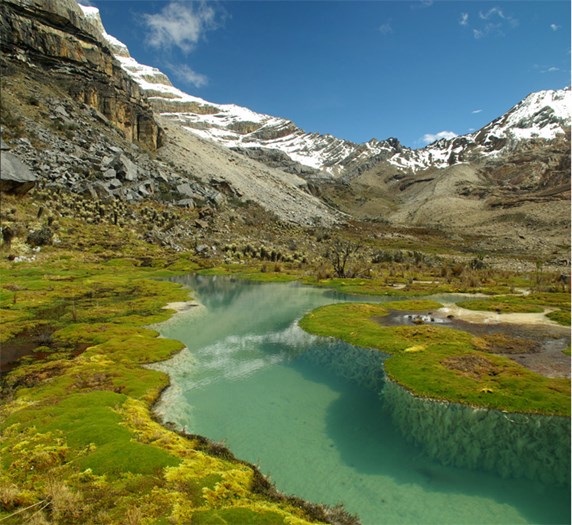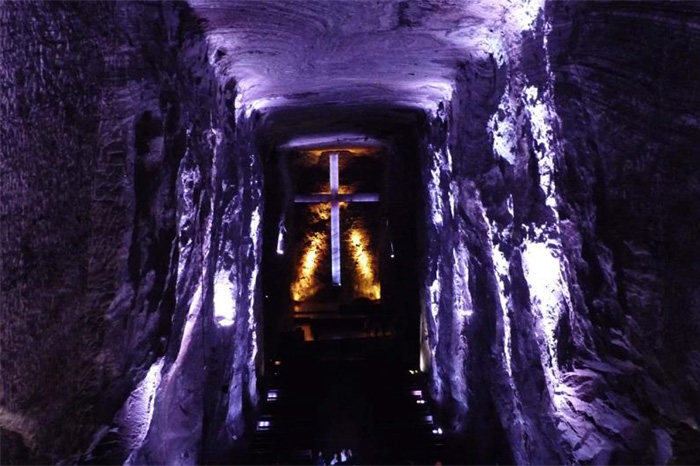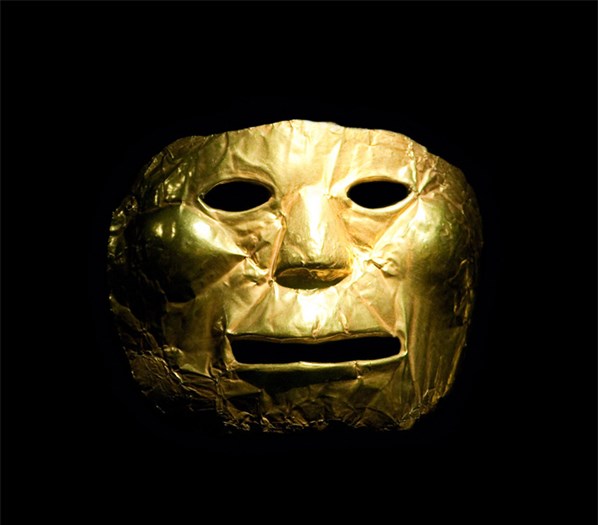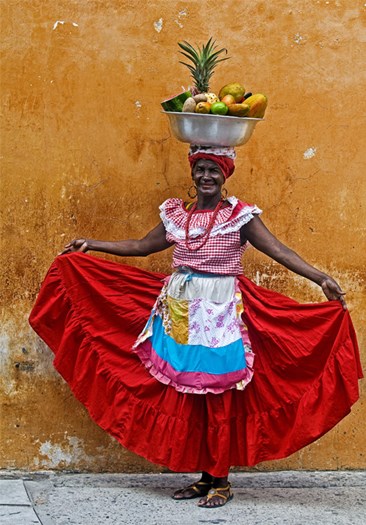BOGOTA - To the east of this magnificent Colombian capital, I see the majestic Andes Cordilleras rise into the sky and pierce some low-lying clouds.
My guide tells me there’s “gold, emerald and silver” in them there hills.
“So I guess that makes Bogota the jewel of Latin America,” I respond.
When I told my family and friends that I was off to Colombia, they all told me to be very cautious — a predictable response based on Colombia’s infamous drug history. But once I experience all that Colombia has to offer, the only risk I face is wanting to stay.
Colombia, pardon the expression, is intoxicating!
“Colombia has made considerable progress regarding all security and safety issues within its border since the (drug days of the) 1990s,” says David Fernandez, a Colombian guide who is showing me the sights of Bogota.
“The past five years have represented Colombia’s opening to the world; authorities are making sure that tourist sites are patrolled by the local police and the Colombian army guards the country’s roads and freeways.”
I feel totally safe no matter where I walk in this immense and constantly moving metropolis, which does not feature a subway or train service. The bus is the main mode of transportation here, which is a bit surprising for a city of this magnitude — just over 7 million inhabitants.
Mount Monserrate dominates the city centre — the majestic peak rises 3,200 metres into the heavens and the guide insists we take a cable car to the top. It’s a a sublime pilgrimage which allows me to take in the full scope of the electric city that spreads out below.
After all the adverse publicity brought on by the drug wars of the last century, Bogota finally seems to be enjoying itself. One of the largest capitals in South America and one of the 30 biggest cities in the world, Bogota is a cosmopolitan place where culture and education are its strong points. No wonder Bogota is also known as the Athena of Latin America — a reference to the Greek goddess of wisdom.
The capital takes a fair amount of pride in hosting the famous “Rock in the Park” festival, the biggest outdoor music festival in the world. It’s also proud of its museums and history, which I retrace while walking the cobbled streets of the splendid La Candelaria district — Bogota’s colonial centre featuring luxury hotels, ancient churches, chic boutiques, museums and monuments.
Plaza Bolivar, home to Bogota’s main cathedral, Presidential Palace and the bohemian Plaza de Chorro de Quevedo, is the city’s main gathering spot and one of its liveliest areas. Ringed by cafes and shops, Plaza Bolivar is like a breath of fresh air.
While visiting the city’s colourful Usaquen District, I explore back alleys where friendly artists show off the colourful carpets they’ve created, offering to sell them for a ridiculously low price.


Left: Colombia's interior is truly spectacular. Right: The salt mine cathedral.
Bogota is a city of bargains, the best can be purchased at the Sunday market where huge crowds gather each week and peddle hand-made creations, which are truly stunning.
On street corners, young children offer to sell me adorable puppies and a bohemian artist gives me a fabric bracelet he’s just braided as a show of friendship.
Bogota has been a wonderful introduction to Colombia and so I decide to explore more of this diverse land.
Next stop: Medellin.
Located in the Aburra Valley, at the northern tip of the Andes, Medellin was once the capital of Colombia but also held the title of “drug capital of South America” when Pablo Escobar set up his cartel here. This was unquestionably the most dangerous place in the world during the 1980s and ’90s. Tourists never came and so one of the most beautiful cities on Earth went ignored.
That’s all changed, now — Medellin is very much a part of the “new” Colombia.
The landscape surrounding Medellin is simply breathtaking and its people, probably wanting to compensate for the city’s deadly drug reputation, are some of the friendliest I’ve ever encountered.
Ironically, Medellin is now considered one of the safest cities, not just in Colombia, but all of South America.
After the drug lords were sent packing, the city invested heavily in infrastructure, education and culture, which is why Medellin now has so much to offer visitors.
Divided into six districts — the rich live in District 6, the poor in District 1 and District 0 is where the legendary favelas (shanty towns) are located — compact Medellin is easy to navigate. Here, people are encouraged to express themselves, which accounts for why Medellin, formerly called El Pabaldo, is the design centre of Colombia where design and textile companies thrive.


Left: The gold mask of Colombia. Right: Colourful country, colourful women.
A new cable car links all districts and almost everyone — rich and poor — congregate in the city’s two main gathering spots — Arvi National Park (just outside Medellin) and Plaza Botero, one of the most charming squares in Latin America.
Colombia is a safe bet for tourists these days, because the past in behind it.
Colombian cathedral is a ‘Salt of the Earth’ attraction
ZIPAQUIRA, COLOMBIA - One cannot visit Colombia without visiting the country’s famous Salt Cathedral, located in this tiny town a 40-minute ride from Bogota.
It’s a totally magical experience.
The Salt Cathedral is carved out of, you guessed it, a salt mine — 120 metres into Mount Halite — and is bathed in a bright purple light, which just enchances the experience. Giant statues, all made of salt, line the walls and alter of the unique church, and depict the Stations of the Cross — the birth and baptism of Christ, his life and death and the ressurection. You don’t have to be a Christian to fully appreciate this unique underground gem.
Years before the underground salt church was built (around 1932), miners carved a sanctuary as a place for their daily prayers, asking the saints for protection before starting work. In 1950, construction of the Salt Cathedral began and the chuch was consegrated in 1954.